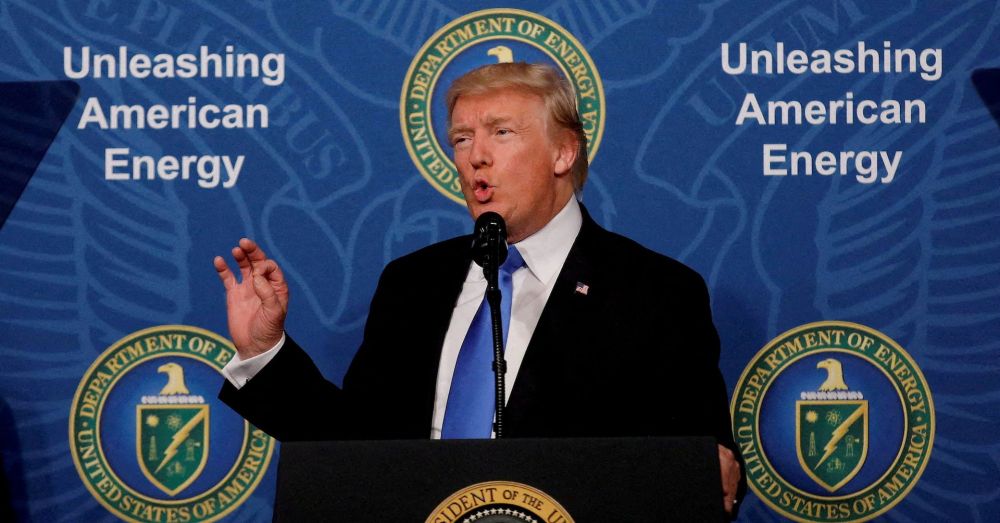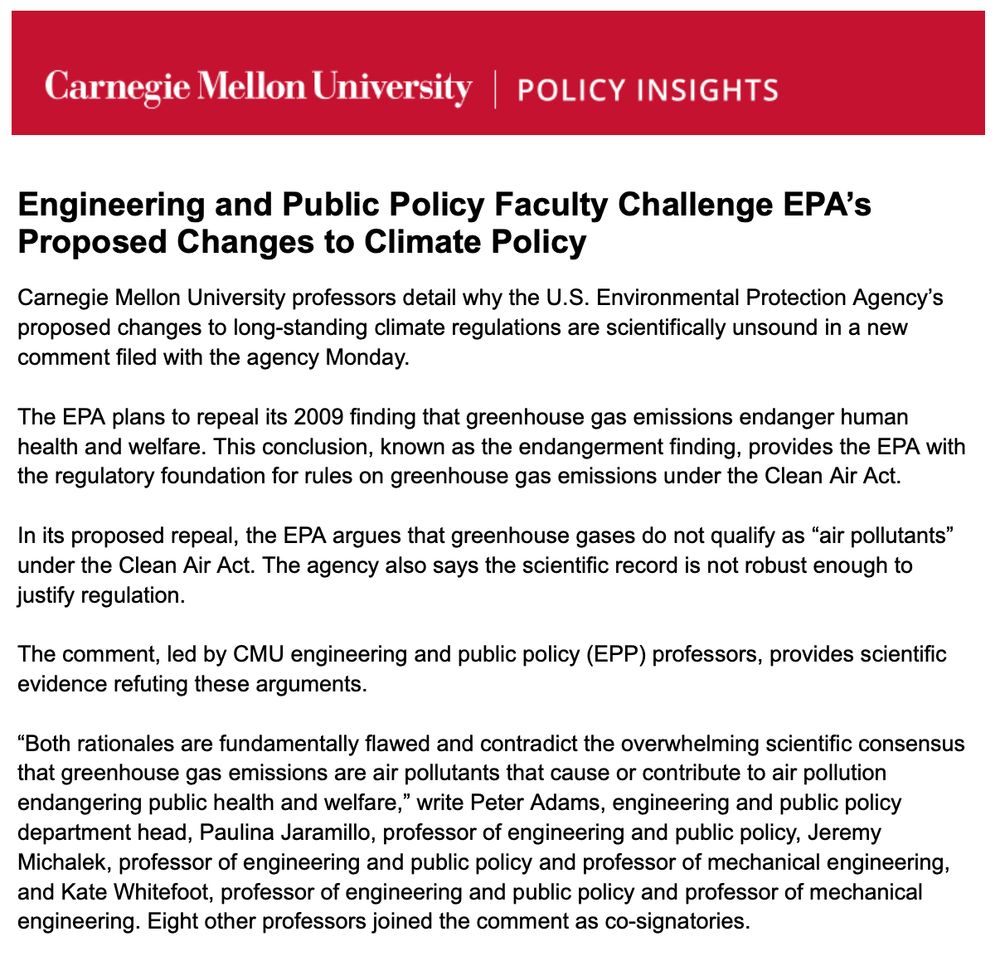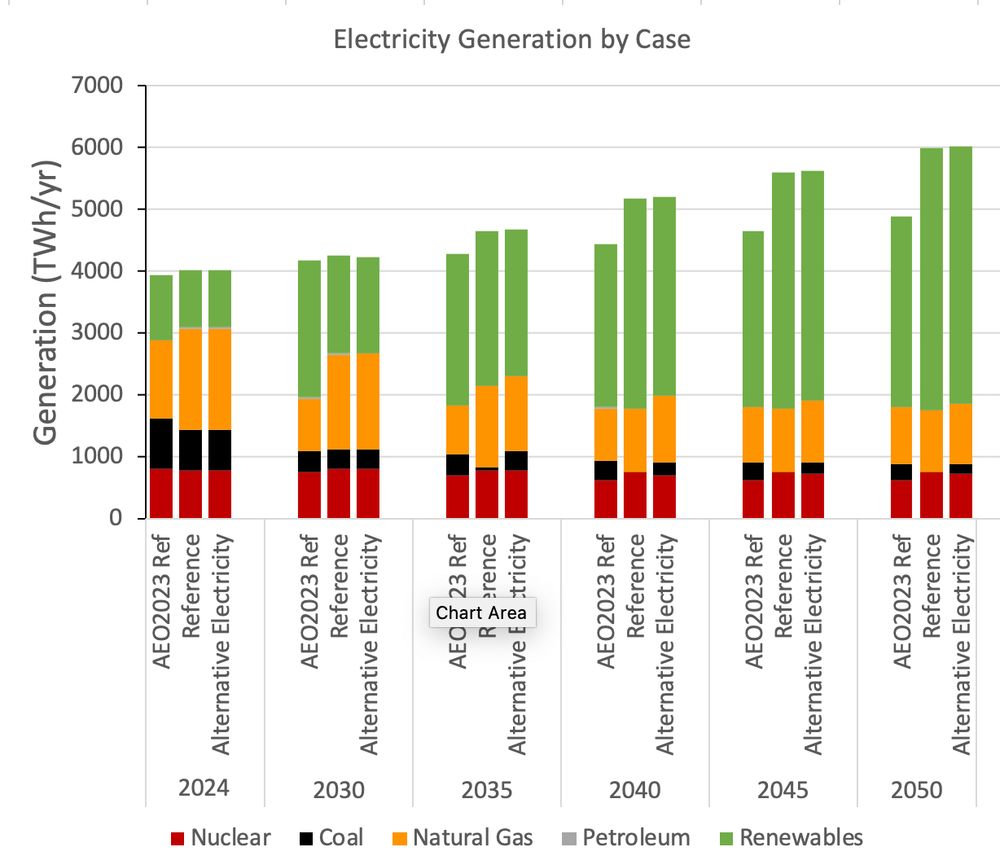Joe DeCarolis
@jfdecarolis.bsky.social
9K followers
240 following
120 posts
Focused on applying state-of-the-art data systems, models, and analysis to inform decision making on energy. Professor at NC State University; served as the 10th Administrator of the U.S. Energy Information Administration. Personal account.
Posts
Media
Videos
Starter Packs
Reposted by Joe DeCarolis
Reposted by Joe DeCarolis
Reposted by Joe DeCarolis
Rep. Sean Casten
@casten.house.gov
· Apr 30

Over 100 employees leave US EIA, putting crucial energy data at risk, sources say
The U.S. government's energy statistics arm is set to lose over 100 employees after the Trump administration's latest round of resignation offers, putting at risk some of the most closely watched energy reports globally, three sources told Reuters.
www.reuters.com
Joe DeCarolis
@jfdecarolis.bsky.social
· Apr 18
Joe DeCarolis
@jfdecarolis.bsky.social
· Apr 17
Joe DeCarolis
@jfdecarolis.bsky.social
· Apr 17
Joe DeCarolis
@jfdecarolis.bsky.social
· Apr 17
Joe DeCarolis
@jfdecarolis.bsky.social
· Apr 17
Joe DeCarolis
@jfdecarolis.bsky.social
· Apr 17
















